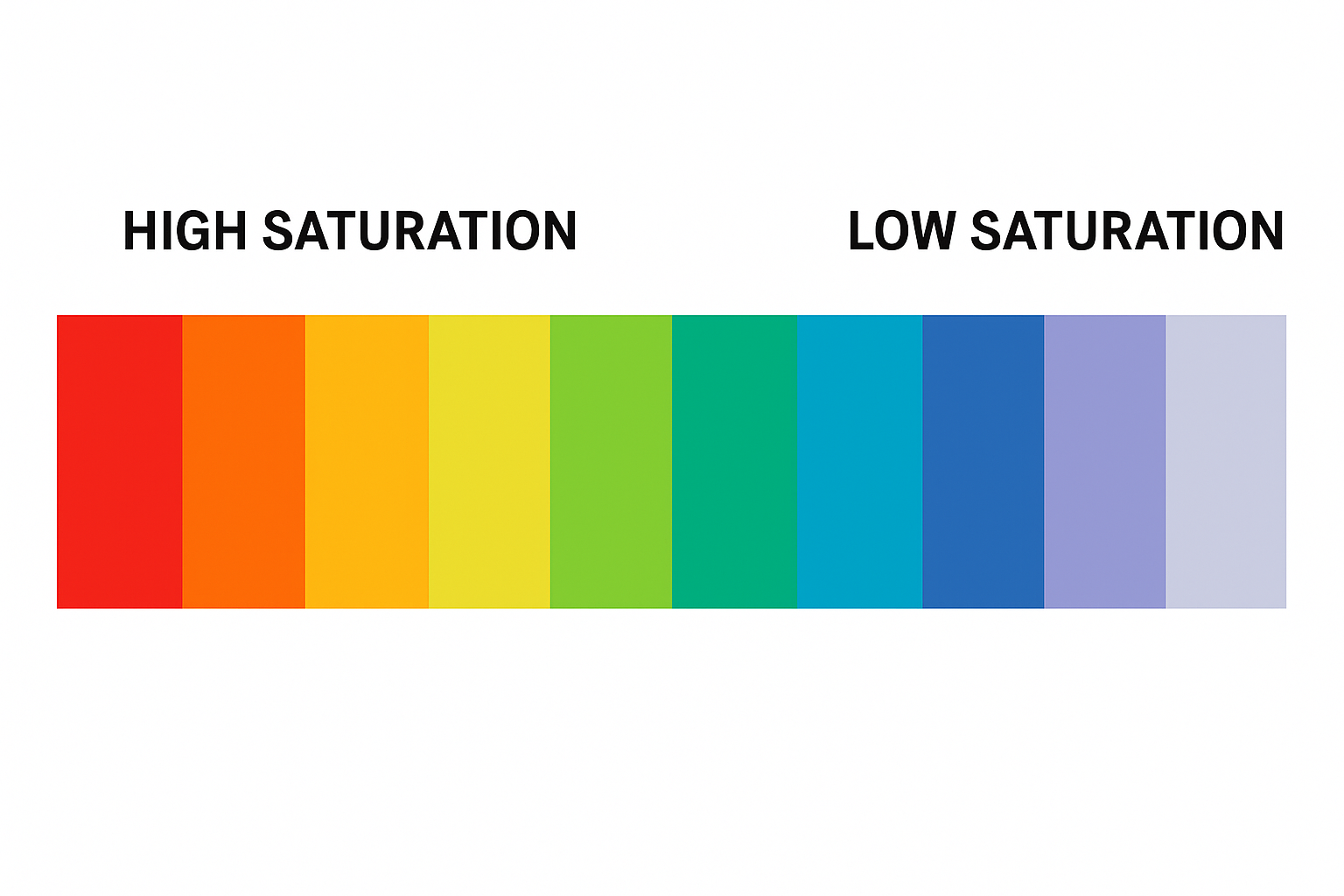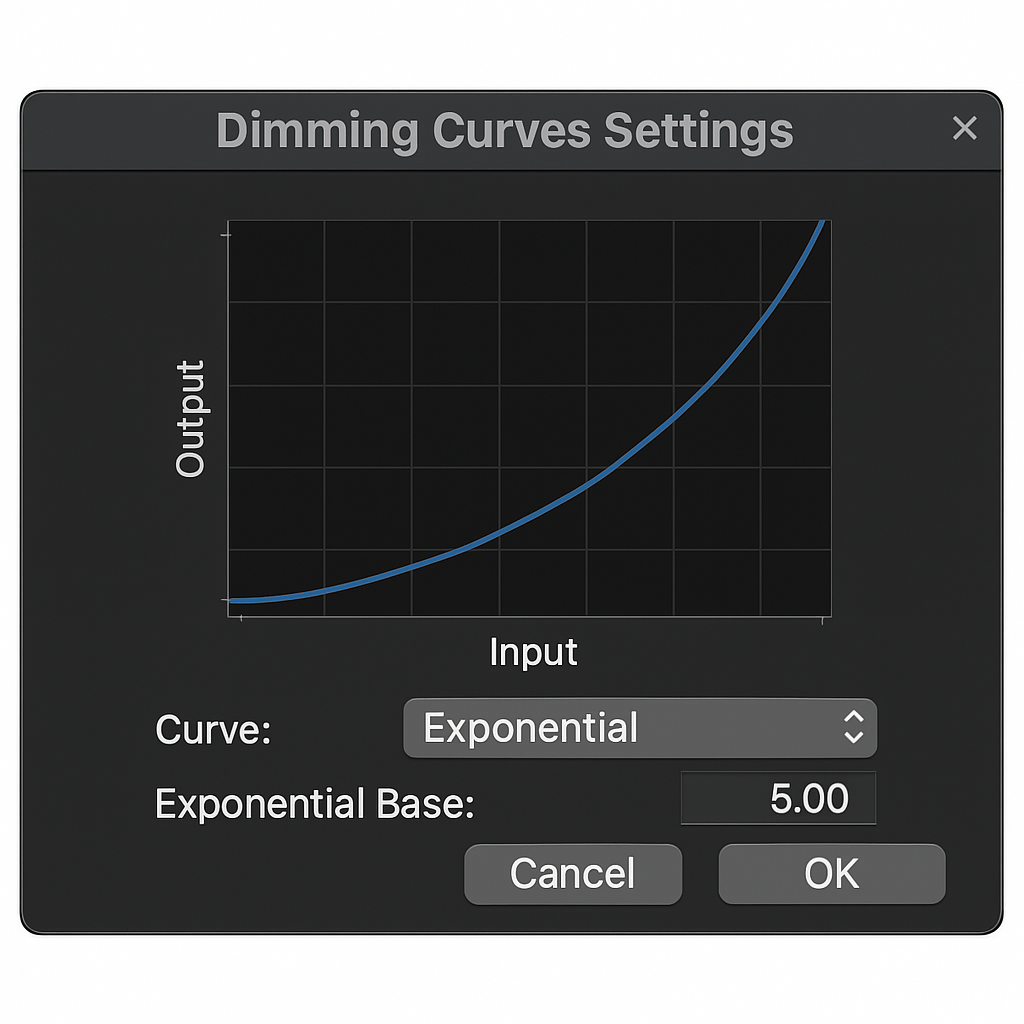In stage lighting design, few elements wield as much emotional power as color saturation and dimming. These two subtle yet strategic adjustments shape the tone of a scene, guide audience attention, and deepen narrative meaning. This article explores how lighting designers can use saturation and dimming creatively to build atmospheres, manipulate perception, and enhance storytelling in live productions.
1. Understanding Saturation in Lighting Design
Saturation refers to the intensity or purity of a color. At full saturation, a color is vivid and vibrant. As saturation decreases, it becomes more muted, eventually transitioning into grayscale at its lowest point.
High saturation evokes:
Energy and bold emotion (e.g., deep reds for passion or rage)
Visual intensity (e.g., bright greens for supernatural scenes)
Attention-grabbing highlights (e.g., magentas or violets in music shows)
Low saturation suggests:
Subtlety and softness (e.g., pastel blues for calm or introspection)
Nostalgia or memory (e.g., desaturated tones in flashback scenes)
Emotional ambiguity (e.g., grey-greens for melancholy or tension)
By adjusting saturation, designers control the psychological weight of color and align lighting with the mood of the narrative.

2. The Role of Dimming in Emotional Dynamics
Dimming controls the brightness of a fixture. Unlike basic on/off cues, nuanced dimming transitions can:
Soften a scene to evoke intimacy
Intensify tension through gradual illumination
Suggest the passage of time with day-to-night fading
Create contrast between performers and background
Smooth dimming ramps often mimic natural light transitions (like sunset) and provide a subconscious emotional cue. Sudden dim-outs or blackouts can serve dramatic purposes, such as:
Shock or suspense
Scene transitions
Isolation of characters in monologue
When synchronized properly, dimming adds emotional rhythm to visual storytelling.
3. Saturation and Dimming as a Combined Strategy
Saturation and dimming can work together to deliver layered impact. For example:
| Scene Type | Saturation Level | Dimming Level | Emotional Effect |
|---|---|---|---|
| Dream Sequence | Low | Low | Surreal, calm, reflective |
| Rock Concert Intro | High | Low | Energetic anticipation |
| Love Scene | Medium | Medium | Intimate, tender |
| Horror Build-up | Low | High (fade in) | Eerie, tension, foreboding |
| Battle Scene | High | High | Chaos, intensity, confrontation |
Lighting designers often program scenes to start with one mood and evolve through shifts in saturation and brightness, mimicking emotional arcs or musical phrasing.
4. Programming with Purpose
Using modern control systems, designers can fine-tune saturation and dimming curves with digital precision. When programming scenes:
Use non-linear dimming curves for naturalistic fades (e.g., exponential curves for sunsets)
Employ color palettes with gradual saturation shifts across cues
Assign separate control to backlights and front fills to contrast character and environment
Attention to timing is key. For example, fading from high-saturation red to desaturated amber over 30 seconds can convey emotional resolution. Likewise, slowly dimming cool tones over a minor chord progression reinforces melancholy.

5. Supporting the Narrative Arc
The lighting mood must evolve with the story. Here’s how saturation and dimming can support narrative shifts:
Opening Scene: Use low saturation with soft brightness to slowly ease the audience into the world.
Climax: Push saturation and intensity to their peaks to amplify emotional stakes.
Resolution: Desaturate and dim gently, suggesting calm or release.
In musicals, color and brightness shifts often parallel musical keys and rhythms. In plays, they underscore psychological states and plot turns. For dance, light and mood often mirror tempo and motion.
READ MORE:





Blue Sea Lighting is an enterprise with rich experience in the integration of industry and trade in stage lighting and stage special effects related equipment. Its products include moving head lights, par lights, wall washer lights, logo gobo projector lights, power distributor, stage effects such as electronic fireworks machines, snow machines, smoke bubble machines, and related accessories such as light clamps.
Quick Links
For more questions subscribe to our email








